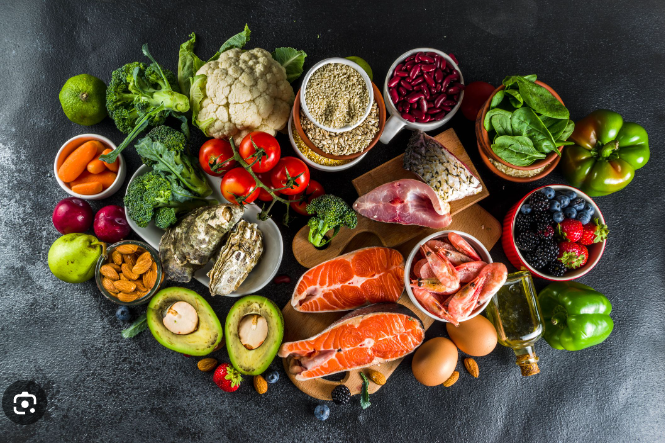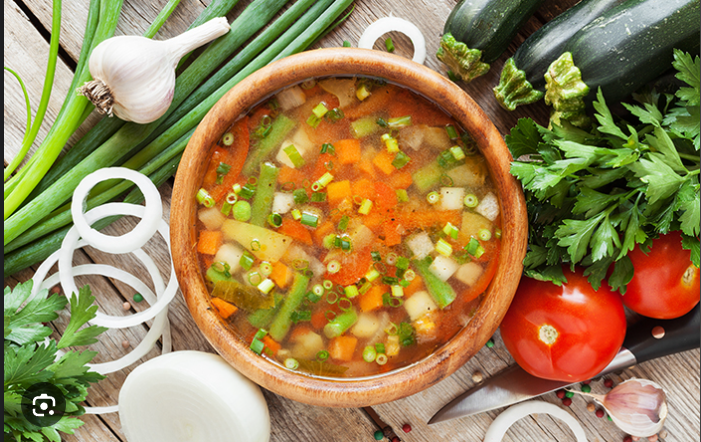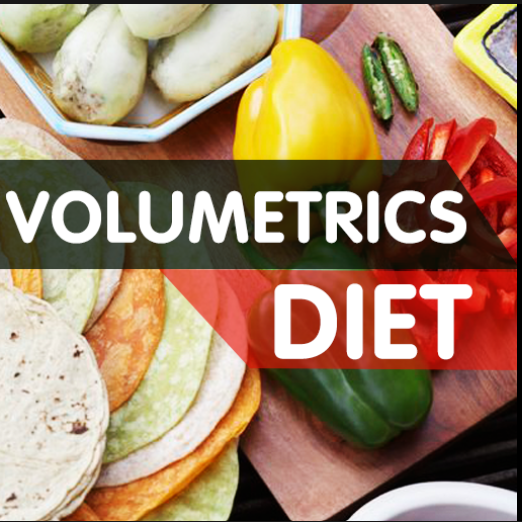Based on the caloric density of the food, the volumetric diet divides it into four classes. Consuming nutrient-dense, low-calorie foods including fruits, vegetables, whole grains, and low-fat dairy is emphasized by the Volumetrics diet.
What is the Volumetrics Diet?

Consuming nutrient-dense, low-calorie foods including fruits, vegetables, whole grains, and low-fat dairy is emphasized by the volumetrics diet. Low-calorie foods include a lot of water, which gives them more volume and makes people feel fuller. These are primarily foods high in water content, such as fruits, non-starchy vegetables, and soups. The diet recommends reducing foods with a high calorie density, such as those that include a lot of harmful fats and added sugar.
The eating plan was developed by Barbara Rolls, a nutrition professor at Penn State University. It is more of an approach to eating than a set diet.
You can reduce the calorie density of your meals and learn to identify foods’ caloric densities by using the book “The Ultimate Volumetrics Diet” as your guide.
“The book emphasizes thinking positively about what you can eat,” claims Rolls. “It doesn’t say to avoid foods with a greater calorie density. To reach your calorie objectives, it advises managing portions. When you choose foods with a lower calorie density, you get a larger serving for the number of calories you intend to or should be eating.
How does it work?

Based on the caloric density of the food, the volumetric diet divides it into four classes.
Very low density is the first category.
These foods have a high water content to make you feel satisfied and are the cornerstone of the volumetrics diet. Food items consist of:
Fruits.
vegetables that aren’t grains, such as asparagus, broccoli, and Brussels sprouts.
soup made with broth.
dairy products without added fat, including yogurt, cottage cheese, and fat-free milk.
Low Density, Category 2
Foods in this category should be eaten in moderation, you are advised. Examples comprise:
whole grains.
Fish and poultry are examples of lean proteins.
Legumes.
veggies high in starch, like butternut squash, corn, and potatoes.
Third Category: Medium Density
Medium-calorie foods should only be eaten on occasion and in moderation.
dairy goods with a high fat content, such as ice cream, cheese, and full milk.
refined carbs, including white rice, baked products, and bread.
fatty fish and beef.
dressing for salad.
Who Should Not Try the Volumetrics Diet?

People who shouldn’t be losing weight, such as pregnant women, people who are underweight or normal weight, people who are immunocompromised, children, people with poorly controlled chronic conditions, and people who have eating disorders in the present or in the past, should stay away from this diet because it is intended for weight loss.
“It can be safe (for someone with diabetes),” asserts Julia Zumpano, a registered dietitian with Cleveland Clinic’s Center for Human Nutrition, “as long as blood sugars are being monitored and medications are adjusted as needed.”
Pros
- Nutritionally sound.
- Diverse foods and flavors
- No counting carbs, points, or calories.
- Filling: It’s rich in high-fiber foods.
- No off-limit foods or food groups
- Has proven health benefits.
Cons
- Tedious portioning, meal planning, or prep
Also read-TLC Diet-Therapeutic Lifestyle Changes
images source-google




































